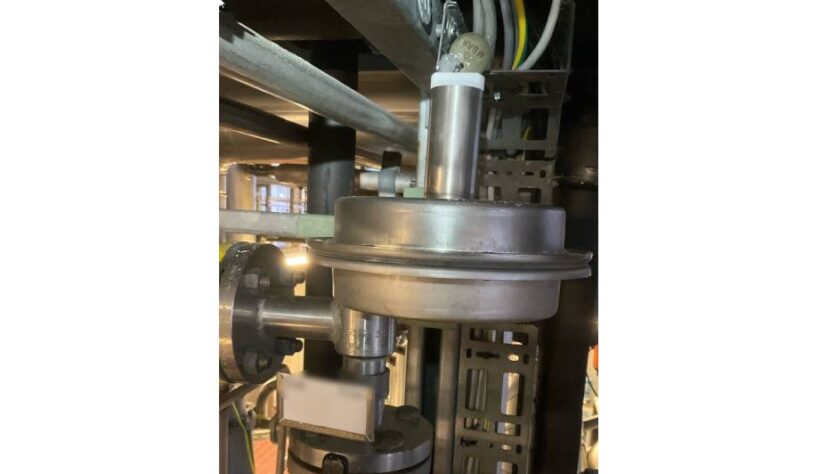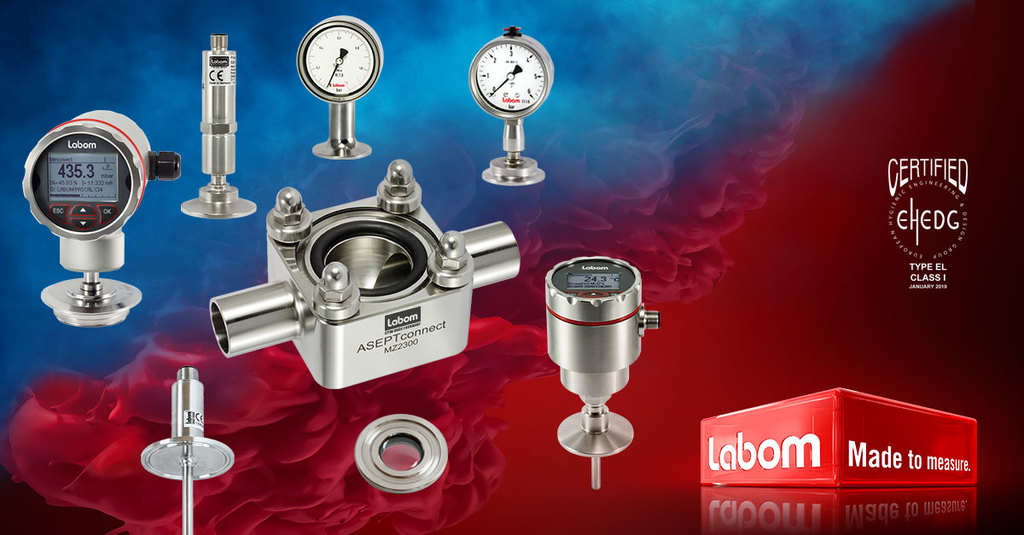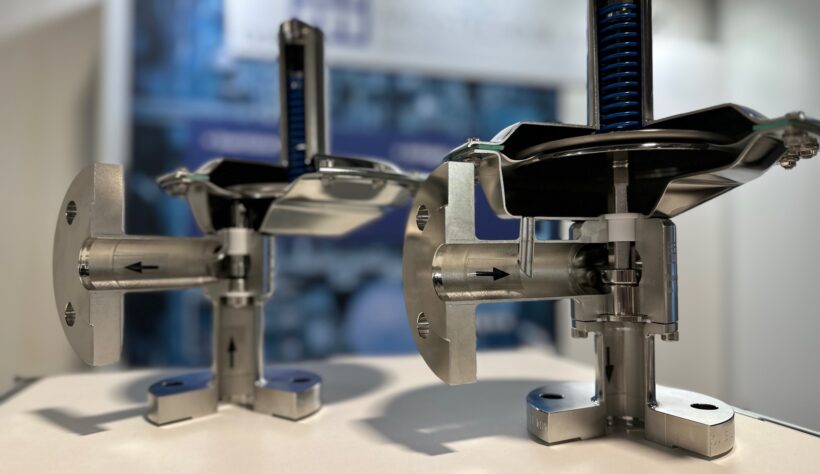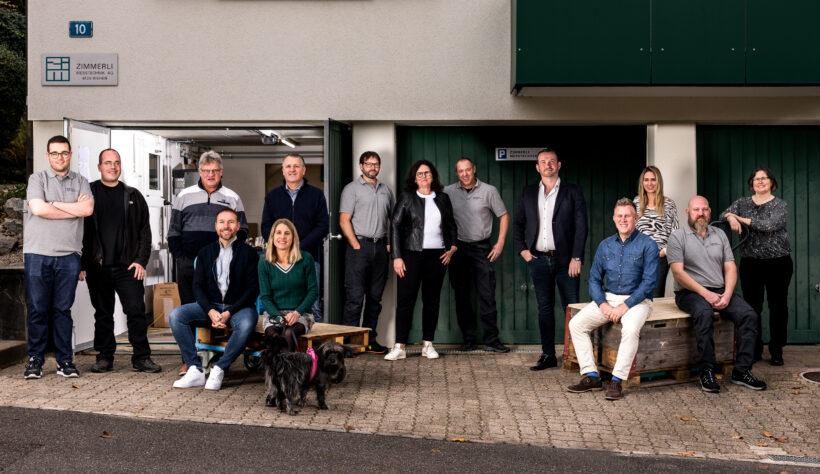
Ein Dinosaurier geht noch lange nicht in Rente…
Dieses Kundenfoto zeigt, wie zuverlässig das ZIMMERLI Ventil im Einsatz ist. Das Ventil ist seit 30 Jahren in Betrieb für eine sichere Produktion und saubere Umwelt. Ein Dinosaurier geht noch lange

As an expert in hygienic process connections, LABOM supplies industries such as pharmaceuticals, food and biotechnology. But what actually makes a hygienic process connection? Above all, good cleanability and the associated avoidance of dead spaces or irregularities in the surface are crucial. What else is involved and why hygienic measuring instruments are often electropolished can be read here:
Hygienic processes play an important role wherever products can directly or indirectly influence people's health - this applies to the pharmaceutical industry, for example, but also to the food and beverages and biotechnology sectors. We have dealt intensively with the topic of hygienic design and developed a series of process connections that meet the strict rules and specifications of the industries. The surface also has to be flawless; electropolishing removes even the smallest peaks and valleys, resulting in a particularly smooth surface.
It is important that the products produced in the plant cannot be contaminated. This requires good cleanability of the plant with all its components. So in order for it to meet the hygienic guidelines, the design of the process connection must first of all be free of dead spaces, such as corners, edges and crevices, so that no product residues can remain behind.
This ensures that no residue remains on the surface and that the appliances and connections are really clean when they are cleaned. Cracks, notches or irregularities must not occur in hygienic connections. Weld seams can be lasered and are thus particularly even and more level than with other processes.
Our common connection types are, for example, the process connections type DL3 with clamp connection and type DL8080, a Varivent® connection for installation in a Varinline® housing.
Metallic sealing diaphragm seals are another possible solution. These do not require a seal, so that wear of the seal or the release of harmful substances is excluded. However, this solution is controversially discussed in the industry, as the sealing metal surfaces of commercially available models are scratched. We have developed a solution for this variant in which a special screw connection prevents the metal parts from rubbing against each other and thus also prevents scratching. Thus, this form of process connection is also possible in a hygienic design.

Dieses Kundenfoto zeigt, wie zuverlässig das ZIMMERLI Ventil im Einsatz ist. Das Ventil ist seit 30 Jahren in Betrieb für eine sichere Produktion und saubere Umwelt. Ein Dinosaurier geht noch lange

Wir, die ZIMMERLI MESSTECHNIK AG, setzen mit unseren Druckreglern und einer Regel-Genauigkeit von bis zu 0.5 mbar die Maßstäbe in der Industrie. Wir präsentieren eine umfassende Palette erstklassiger Druckreduzierventile, die

Wir wünschen Ihnen ein frohes neues Jahr! Das gesamte Team der ZIMMERLI MESSTECHNIK AG!